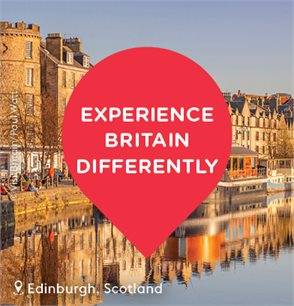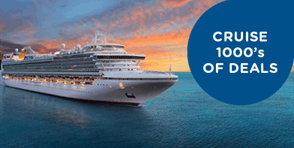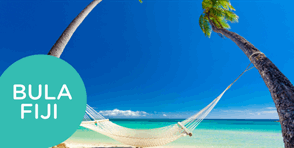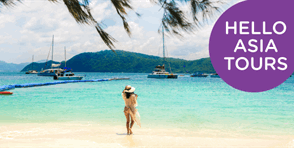
Central America is a kaleidoscope of colourful culture, breath-taking sights and stunning scenery. Whether separate or combined, the seven countries (eight if you include Mexico) that make up Central America will provide you with a unique and unforgettable vacation experience.
Browse our best Central America tour deals by destination:
Browse our best Central America tour deals by destination:








